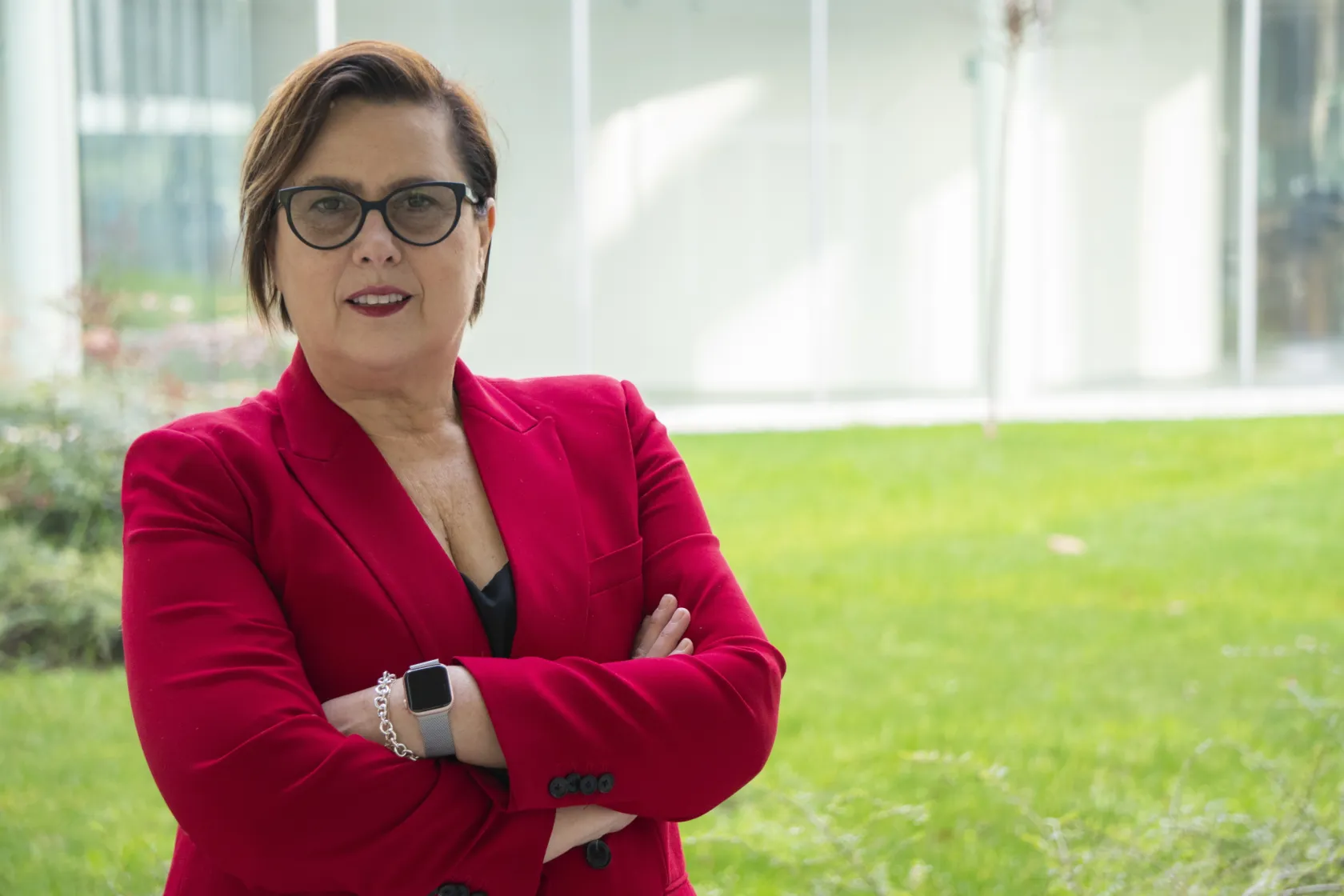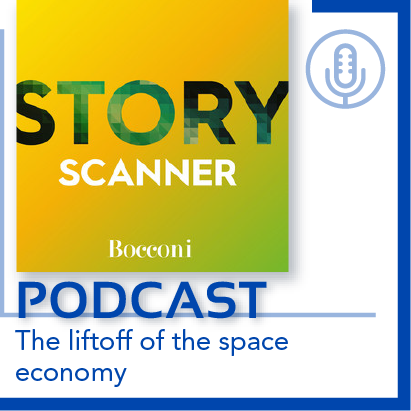
Looking to Space for the Future of the Earth
"When we get cash at the ATM, consult a navigator, turn on the TV or watch the weather forecast, we use satellites and therefore spatial technology. Space is already today in everything we do on earth." Simonetta Di Pippo responds with the evidence of everyday life to those who still wonder about the reasons that push research, investments and industrial interests towards space, and who worry about the possible repercussions. Di Pippo is an astrophysicist by training, responsible for space missions and programs for and with the Italian, European and American agencies, long director of the UN space office and today is called to direct the SEE Lab (Space Economy Evolution Lab) of SDA Bocconi. She has lived on the front line like few others the change of approach towards space, from an area of interest for technological innovation and scientific discovery to a real driving economic sector with an expanding and increasingly branched market. Space, in fact, has become so large that it is difficult to draw its boundaries, like drawing borders between the stars.
What exactly is the definition of Space Economics?
We could define it this way: the space economy is the set of value generated on the basis of spatial data and infrastructures in any economic, social, political sector. Within this context there is a recognized formal division between "space for space", which identifies the activities that take place in space to support space activities and "space for earth", or activities that are done in space to benefit life and the economy on earth. To the first category belong, for example, the development of technologies for the exploitation of lunar resources or experiments for possible space mining activities on asteroids in search of rare earth substances or to build refueling stations for spacecraft. The second aspect concerns the use of spatial data for terrestrial activities, a very wide field ranging from agriculture to the management of solar energy plants, emergency response in natural disasters, and remote education.
The perimeter of this sector today also includes commercial human flights. What development do you see for this market?
The history of space follows the same trend as the history of aviation and many other innovations. Even telecommunications were initially supported only by public investment and then, when the technology became mature, it moved on to commercial exploitation. The same happened with meteorology, with earth observation, with positioning systems. Today flight in low orbit has a rather consolidated technology and therefore it is natural that flights are developed for tourist purposes; I would not be surprised if in a few years they became commonplace. In reality, the low orbit is also interesting for other purposes, because it allows us to develop products that cannot be made on earth: microgravity would allow us, for example, to produce purer medicines or carry out experiments under particular conditions. This is also an interesting development vector. What is Italy's role in all this? Are we living up to our important past contributions?
What is Italy's role in all this? Are we living up to our important past contributions?
Italy has always played a fundamental role in space exploration, since 1964. The day of the launch of that first satellite, December 16, was recently declared by the government as National Space Day. The national ecosystem, therefore, is very well developed, but now that this economy is expanding it is time to focus on some key axes in a strategic way to position Italy even better. It is a moment of important choices because, on the one hand, there is the PNRR that dedicates an important part of resources to space activities. On the other, a general repositioning of the countries in post-Brexit Europe is underway and we will have to know how to exploit the privileged relationships we have with the USA but also open up to new markets. Among the objectives that I indicated in the strategic plan of the SEE Lab there is, for example, that of building a bridge with the Middle East, The United Arab Emirates in the first place, because today there are centers of excellence here in the space sector and I hope that there will be the possibility of replicating our best practices in collaboration with universities and local authorities.
After a career in space agencies and international organizations, with what expectations do you arrive at Bocconi?
With great enthusiasm. First of all, because Bocconi has not only decided to invest in the space economy as the backbone of the economy of the future, but has also done so with a multidisciplinary approach that I fully espouse. One of the things I learned right away when I came into the world of space research as a recent graduate is that you can't just look at one facet of this diamond that is the universe. Space is not just science, just engineering or just economics, you need all these skills together to secure a position of excellence in the industry. The work of Andrea Sommariva, who founded the SEE Lab, was exceptional because with his credibility as an economist he managed to open a dialogue with an ecosystem that tends to be exclusive - that of the ones who manage and organize space missions and programs. I want to continue along this line by adding my experience in the field, the skills in space policy and space diplomacy, which today are fundamental because everything is carried out in international collaboration, and the global geopolitical vision that I have acquired especially in recent years at the UN.
Has studying the universe through the eyes of a scientist and an economist reduced or added fascination with the stars and the mystery they hide?
The inspirational side that drives scientific research and technological innovation remains intact even today. Indeed, the effects of these studies on the life of the earth have gone beyond the best expectations. And today the prospects are even more exciting because, if it is true that there are few countries that can boast assets in orbit, understood as constellations of their own satellites, it is equally true that the data they collect are often free for use by everyone. That means anyone with the skills to interpret and use them can participate in new discoveries and build new businesses. This is how the innovative method of education, multidisciplinary, indeed multidimensional, which we plan to apply at Bocconi, will contribute to making it a center of world excellence.
Biography
Graduated in Astrophysics and Space Physics at Sapienza University of Rome, Simonetta Di Pippo arrived at Bocconi as new director of the SEE Lab (Space Economy Evolution Laboratory) and professor of Practice of Space Economy at SDA Bocconi after a career in which scientific research soon joined managerial roles and which led her to deal with space missions and international programs at all levels. Among other assignments, she has been responsible for the Observation of the Universe sector for the Italian Space Agency, Director of Human Flight at ESA European Space Agency, and for the last eight years head of the United Nations Office for Outer Space Affairs (Unoosa) . "I will dedicate this new phase of my professional life", commented Di Pippo, "to give back to young people everything I know about space".